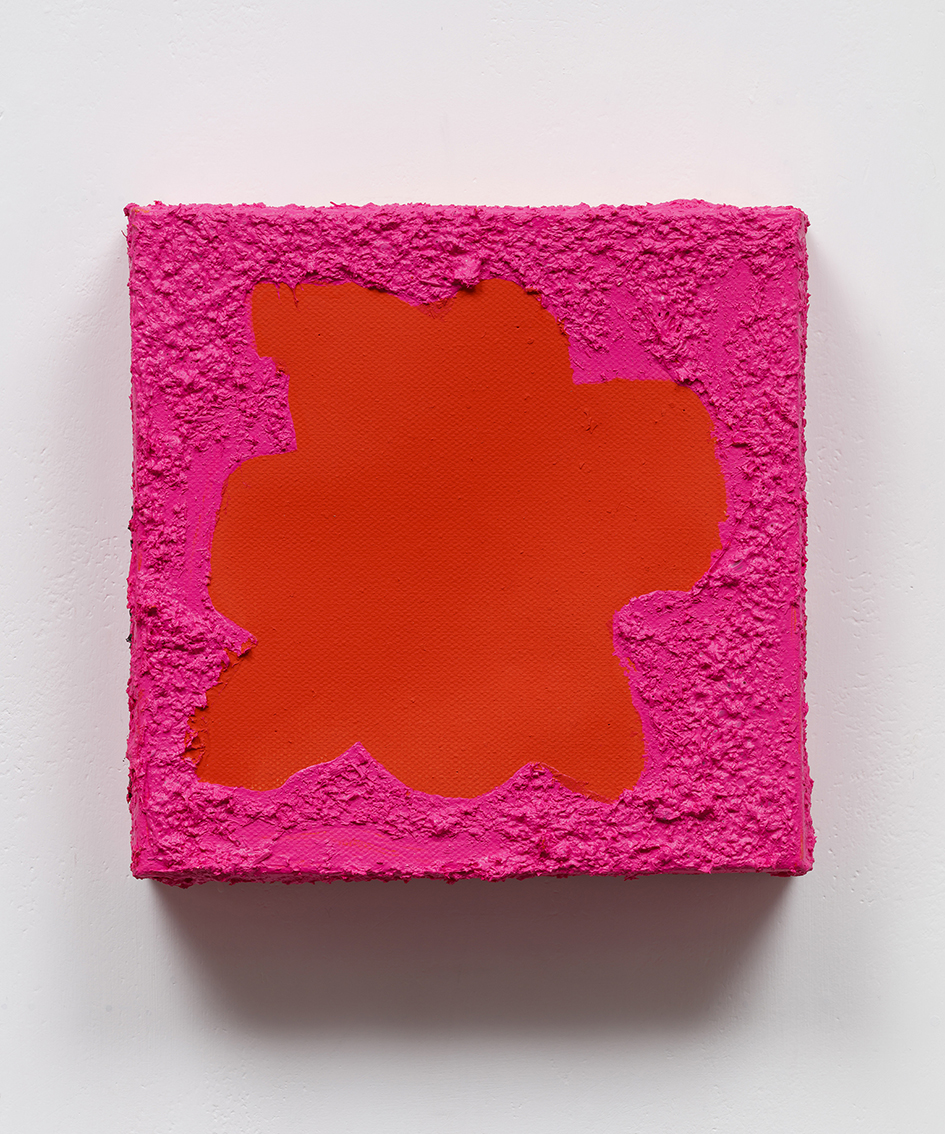|
●★ Ludwig von Beethoven : String Quartet in Eb. N.12. Op. 127 ★●
Allegro Adagio Scherzando Vivace Allegro
Performed by Danish String Quartet
● String Quartet No. 12 (Beethoven)From Wikipedia, the free
encyclopedia
The String Quartet No. 12 in E♭ major, op. 127, by Ludwig van Beethoven, was completed in 1825. It is the first of Beethoven's late quartets. There are four movements:
The first movement is twice interrupted – just before the development of the sonata form begins, and when that section is almost but not quite over – by recurrences of the opening's Maestoso music. The immense second movement is in the subdominant key of A♭ major. It consists of a set of six variations and a coda. The first variation is in 12/8 meter with darker harmonies and quick changes in dynamics. The second variation increases the tempo to andante con moto and adjusts the meter to 4/4. Here, the two violins engage in a dialogue over staccato accompaniment. The third variation shifts to E major, enharmonically the flat submediant, and the tempo shifts to a hymn-like adagio molto espressivo. The fourth variation returns to 12/8 and drops a half-step to the dominant key of E♭ major. This variation has a codetta which transitions the key to D♭ major in preparation for the next variation. The fifth variation is sotto voce and has been called a "mysterious episode" and begins in D♭ major and transitions to the parallel C♯ minor. The recapitulatory sixth variation returns to 12/8, presents only half of the theme and connects directly to the coda.[1] The penultimate variation recapitulates the theme after a contrasting section in the submediant, while the final variation restores the tonic and basic thematic material after an episode in the subdominant. Beethoven based this tonal progression on the finale of the Ninth Symphony (Op. 125) where the orchestral double fugue episode in B♭ is followed by the "grand" variation for full orchestra and choir in D major, followed by the "Seid umschlungen" episode in G major, which moves into the choral double fugue in the tonic D major.
The scherzo's trio is a Presto of a kind Beethoven did not use very often, though it is similar in sound and phrasing to some of his bagatelles from the contemporary Op. 126 set. In the first, Schott, edition of 1826 the finale had no initial tempo marking (other than Finale) (and the third movement's opening indication was "Scherzo: Vivace", not "Scherzando vivace").[2] Beethoven initially planned two additional movements: one between the first and second, and another between the third and fourth.
● Danish QuartetFrom Wikipedia, the free
encyclopedia
The Danish Quartet is a name which has been carried by four Danish string quartets:
● Den Danske Kvartet1935 the Danish Quartet (Danish: Den Danske Kvartet) was a quartet for flute, violin, cello and piano which was active 1935-1957.[1] Members included:
The Quartet released several 78s, including Handel's Trio Sonata No.7, in C minor. Erling Bloch had earlier founded, in 1933, the Erling Bloch Quartet, a traditional string quartet comprising Erling Bloch and Lavard Friisholm, violins, Hans Kassow, viola, Torben Anton Svendsen (again), cello. Among other recordings the Erling Bloch Quartet recorded the Nielsen String Quartet No.3 in 1946.
● Le Quatuor Danois1949-1983 Den Nye Danske Kvartet, known in English media as The Danish Quartet,[4] and in their releases on the Valois label of Michel Bernstein as the Quatuor Danois. The ensemble was the first Danish state ensemble with educational duties 1967-1978, and was under the patronage of King Frederick IX of Denmark.[5] Members included:
● The Danish QuartetActive from 1985-1996 as Den Danske Strygekvartet. The quartet recorded the Carl Nielsen string quartets for Kontrapunkt 1992[6]
Recordings include:
● The Young Danish QuartetDen Unge Danske Strygekvartet (The Young Danish Quartet), made their debut in the Copenhagen Summer Festival in 2002.[11] As Den Unge Danske Strygekvartet they also recorded the Nielsen string quartets, but for Dacapo. [12] Following the change of name to Den Danske Strygekvartet (The Danish Quartet) members include:
Recordings include:
The Danish Quartet were selected to become BBC Radio 3 New Generation Artists for the period 2013-2015 | |
'Lecture Concert' 카테고리의 다른 글
| The Best of Debussy <***> (0) | 2015.07.04 |
|---|---|
| 차이콥스키 교향곡 5번 (0) | 2015.07.04 |
| 베토벤 현악4중주 Op. 133 <Gross Fuge> (0) | 2015.07.04 |
| 아르스노바 - 진은숙 (0) | 2015.07.04 |
| Bonne Année~* ♡ (0) | 2015.07.04 |

